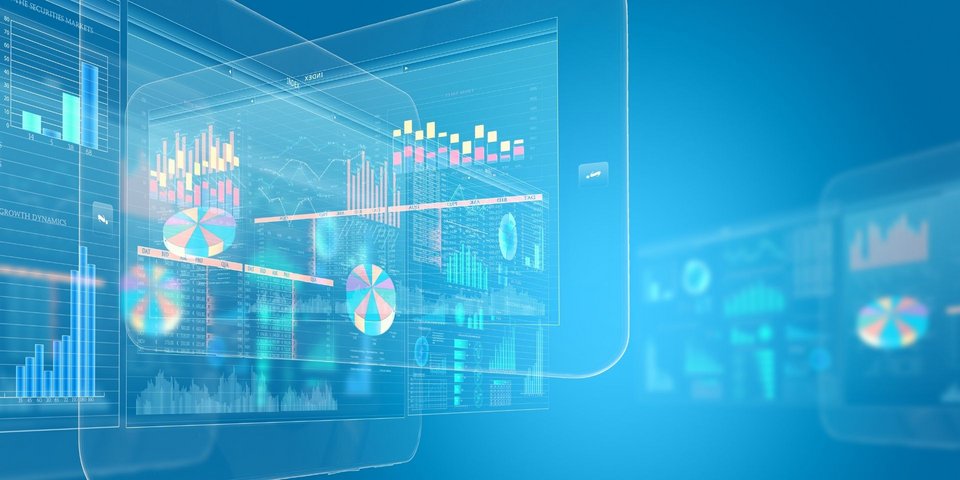 Getty Images/Sergey Nivens
Getty Images/Sergey Nivens
What takes a long time will finally ...?
Digital communications for coordinating social security systems
ed* Nr. 03/2021 – Chapter 2
It became clear with the guarantee of free movement for workers under the Treaties of Rome that: the different social security systems and the differences in the benefit entitlements within the member states would present an obstacle to exercising the right of free movement for mobile workers. Social support appeared to be needed in order to ensure free movement of workers within the common European internal market.
This is why the decision was taken to coordinate the social security systems. This should ensure that “mobile” EU citizens do not lose their social protection when they temporarily live, travel or work in another EU country. They can take their pension entitlements with them when they leave their host country and if they stay in the host country, they can also claim benefits in the event of illness or an accident at work (non-cash benefits).

travel or work in another EU country.
The exchanging of information between the social security institutions as well as EU citizens having to provide proof of their social security protection was originally paper-based and this is often still the case today. However, as digitisation is advancing, there are now requirements for introducing electronic data exchanging. EU regulations covering social security coordination require member states to use digital technologies and provide user-friendly services. Article 78 of Regulation (EC) No 883/2004 on the coordination of social security systems provides that member states are to use new technologies to access, exchange and process the data needed to apply this regulation and its implementing regulation. In general, the EU wants to ensure better information provision and improved services in the public sector, including social security, through new rules covering digitisation within public administrations. Through its “digital compass”, the EC has formulated targets for a successful digital transformation within Europe by 2030, which also envisages that all important public services, including electronic patient files, should be available online and 80 per cent of EU citizens should use a digital identity.
However, it is often difficult and time-consuming to find solutions that are compatible with the technologies that are already being used in the member states as well as the processes and procedures behind them. Projects are often a race against time, as technological advances can quickly make a solution that previously sounded promising appear obsolete.
Work is underway at European level on various digitisation projects in the social security sector and this includes all of the parties involved and these projects should be paperless. How the specific components fit together and what the relevant implementation status now is, is explained below.

